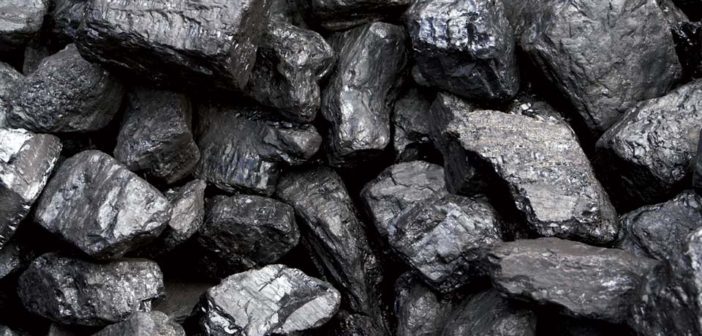(Business Standard)
The country’s largest coal producer, Coal India Limited (CIL) paid ₹5,832.69 crore to the central and state governments in March 2025 — about 4.7 per cent less than what it paid in March 2024, which was ₹6,126.42 crore.
For the financial year 2024-25, CIL paid ₹60,959.52 crore to the government exchequer. This was a small increase of 1.2 per cent compared to ₹60,197.8 crore paid in 2023-24, according to provisional government data.
Out of the total amount paid in FY25, the highest share went to Jharkhand (₹14,047.44 crore), followed by Odisha (₹12,979.20 crore), Madhya Pradesh (₹11,351.84 crore), and Chhattisgarh (₹11,303.76 crore). These coal-rich states earn this money through sources like royalty, District Mineral Foundation (DMF), and National Mineral Exploration Trust (NMET).
Coal India plays a key role in the economy of these states, as coal mining brings major income and boosts local development.
In terms of coal production, CIL produced 781.1 million tonnes (MT) of coal in 2024-25 — about 7 per cent less than its target of 838 MT. However, this was still a 1 per cent increase over the previous year.
CIL is now aiming to produce 875 MT of coal in the 2025-26 financial year and plans to supply 900 MT to consumers.
Significance of Coal India Limited
Coal is mainly used to produce electricity in India, and CIL plays a major role in this. The company was set up in 1975 and works through different branches in coal-rich states like Jharkhand, Odisha, and Chhattisgarh.
According to the Ministry of Coal, India is the second-largest coal producer and user in the world. Most of its electricity comes from coal, but the industry faces challenges like pollution, delays in getting mining permissions, and dependence on imported coal for making steel.
The government is trying to improve the sector by allowing private companies to mine coal and promoting cleaner ways to use it. While renewable energy is growing, coal is expected to remain an important part of India’s energy for the next several years.





